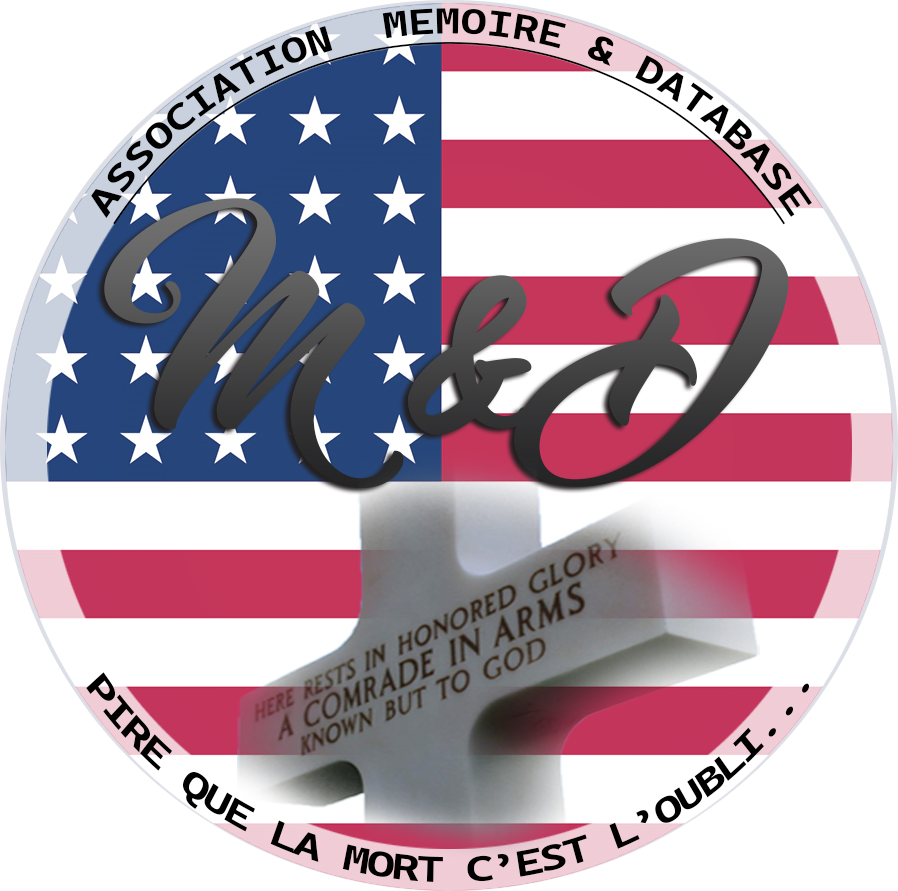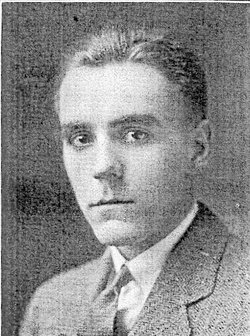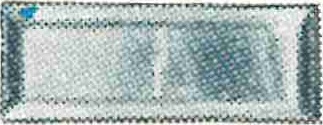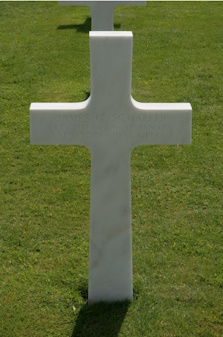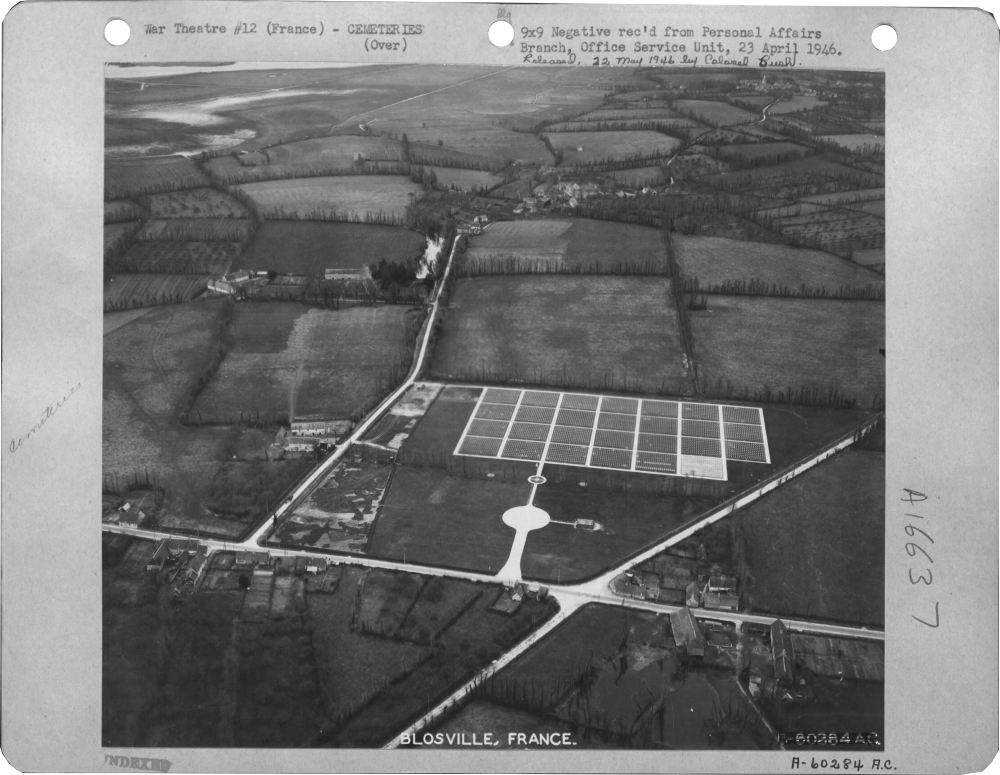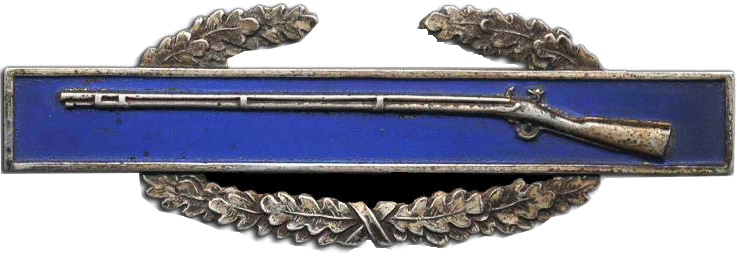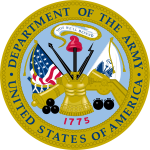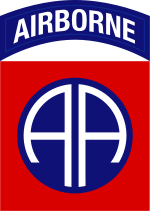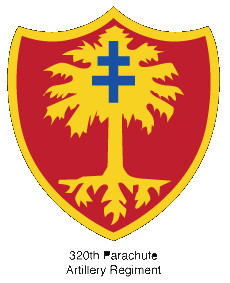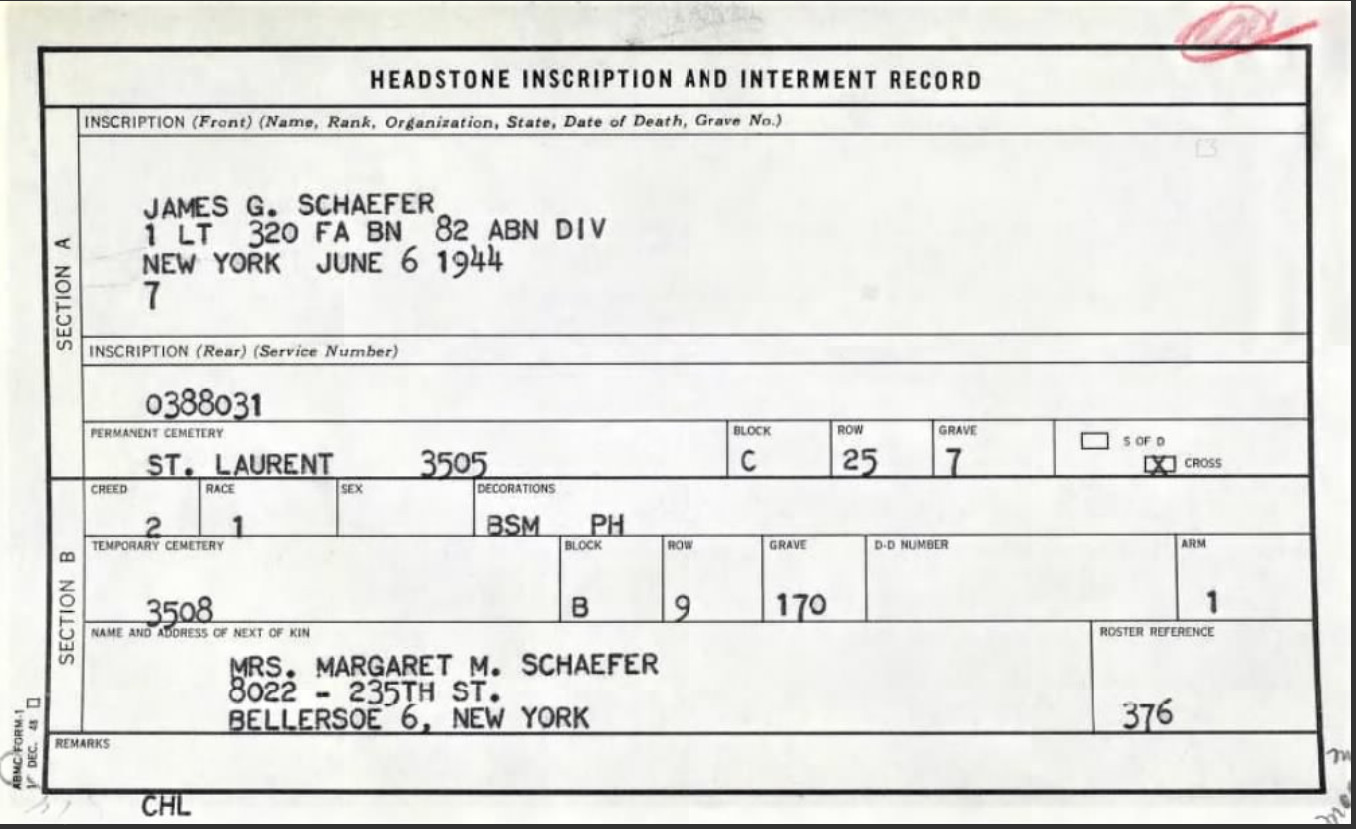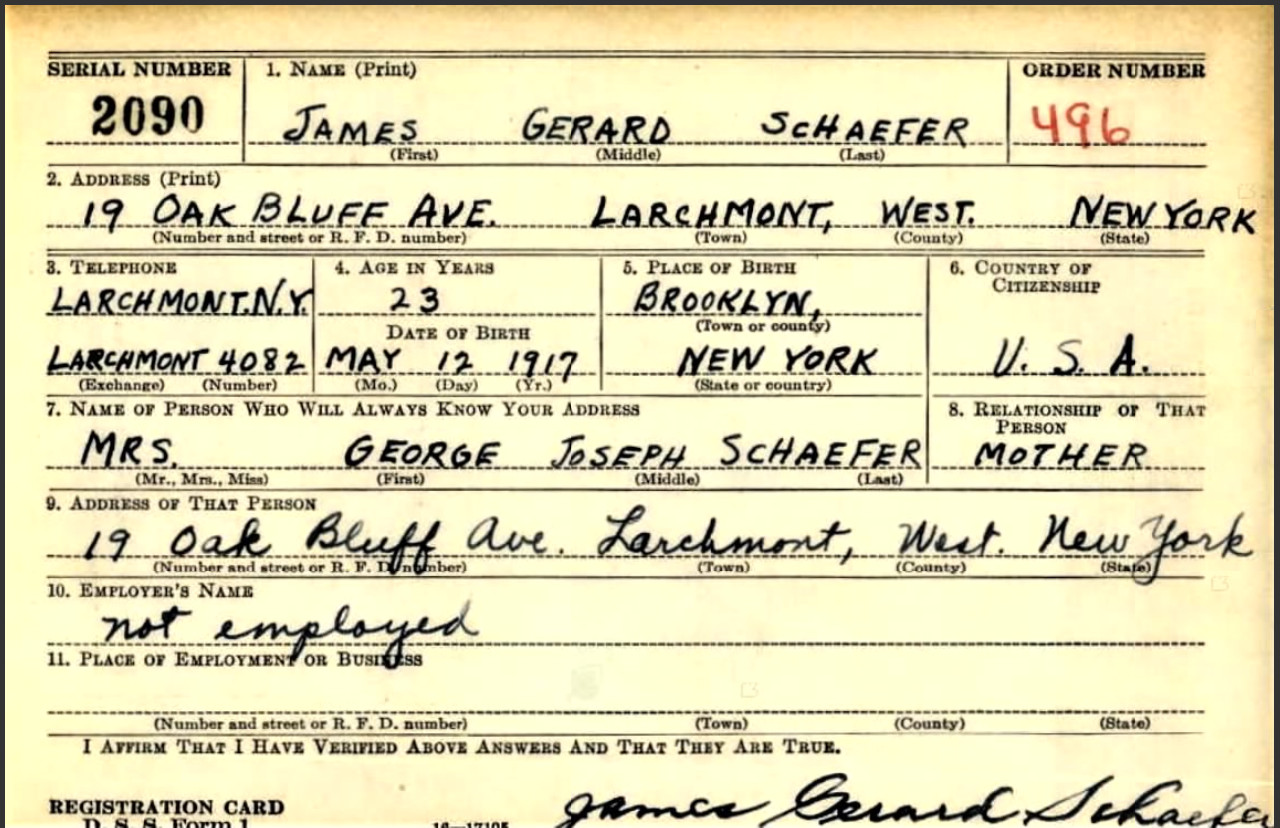|
James Gerard SCHAEFER
| ||||||||||||||||||||||||||||
|---|---|---|---|---|---|---|---|---|---|---|---|---|---|---|---|---|---|---|---|---|---|---|---|---|---|---|---|---|
|
Source : Shelley Evans & Arnaud Gate | ||||||||||||||||||||||||||||
| NUMBER OF SERVICE | O-388031 | |||||||||||||||||||||||||||
| AGE | 26 yo | |||||||||||||||||||||||||||
| DATE OF BIRTH | 1918 | |||||||||||||||||||||||||||
| ENLISTMENT STATE | NEW YORK | |||||||||||||||||||||||||||
| FAMILY |
Married Parents : Mary Agnes & George Joseph SCHAEFER Siblings : George Jr, James Gerard & Isabel Mary | |||||||||||||||||||||||||||
| RANK |
| |||||||||||||||||||||||||||
| FONCTION | ||||||||||||||||||||||||||||
| JOB BEFORE ENLISTEMENT |  | |||||||||||||||||||||||||||
| DATE of ENLISTEMENT | ||||||||||||||||||||||||||||
| COMPANY | HeadQuarters Battery | |||||||||||||||||||||||||||
| BATTALION | 320th Field Artillery Battalion | |||||||||||||||||||||||||||
| DIVISION | 82nd Airborne Division | |||||||||||||||||||||||||||
| DATE OF DEATH | 6 June 1944 |
Source : Dominique Potier | ||||||||||||||||||||||||||
| STATUS | KIA | |||||||||||||||||||||||||||
| PLACE OF DEATH | ||||||||||||||||||||||||||||
| CEMETERY TEMPORARY |
CEMETERY TEMPORARY of Blosville N°3508
| |||||||||||||||||||||||||||
| CEMETERY | NORMANDY AMERICAN CEMETERY of Colleville | |||||||||||||||||||||||||||
| GRAVE |
| |||||||||||||||||||||||||||
| DECORATION |
| |||||||||||||||||||||||||||
| ||||||||||||||||||||||||||||
| STORY | ||||||||||||||||||||||||||||
First Lieutenant James Gerard SCHAEFERGeorge Joseph Schaefer, a New York native, married Mary Agnes Tonry on 12 November 1912. Their first child, George, Jr. arrived two years later. George became an older brother to James Gerard on 12 May 1917. The couple’s only daughter, Isabel Mary was born in 1922. George J. Schaefer, Sr. was a movie producer and President of RKO in 1941 when Orson Welles made his classic film, Citizen Kane. Schaefer started in the movie industry in 1914 as secretary to David Selznick. During World War II, Schaefer was chairman of the Motion Picture Committee Cooperating for National Defense which later became the War Activities Committee for National Defense. The couple’s second son, James Gerard, was called by his middle name. Gerard was a graduate of Princeton where he spent four years in military sciences. Prior to joining the service, James was an assistant manager at the RKO on 23rd Street in New York City. Americans of every economy tier, including the well-to-do Schaefer family, were mindful of changing global events as Nazism’s pervasive voice grew louder in Germany. Hitler’s regime had already begun invading Germany’s neighbors. Emboldened by his Blitzkrieg, the Nazi dictator’s Luftwaffe fired bombed London. In the Atlantic, German U-boats and submarines struck ships at will. But the sting of World War I remained vivid in the collective memory of the nation. The majority was not keen on taking up a fight that many considered Europe’s problem. U.S. isolationism was cut short. On 7 December 1941, the country reeled after the unprovoked Japanese attack on Pearl Harbor, Hawaii. America gathered up its grief, rage and resolve to defeat the Axis enemies. On 7 December 1941, Gerard was in the U.S. Army Reserves and when the Japanese attacked Pearl Harbor, Hawaii. He volunteered for the 82nd Airborne Division, later assigned to the 320th Field Artillery Battalion. He received his commission as a second lieutenant and was promoted to First Lieutenant as his final rank before the D-Day invasion. Of note, Gerard Schaefer married in February 1943. His bride’s name and the location of their marriage was unavailable to this researcher. The All American Division, the 82nd Airborne:In the spring of 1942, Major General Omar N. Bradley was the 82nd’s first commander at Camp Claiborne, Louisiana. On 15 August, the Division took wings as the 82nd Airborne Division, the U.S. Army's first airborne unit. Following General Bradley, Major General Matthew B. Ridgway assumed command at Fort Bragg. For the next seven months, the new paratroopers trained relentlessly, leaping from C-47s and sharpening their skills for overseas deployment. During World War II, the 82nd Airborne was the first airborne unit to be sent overseas, arriving in Casablanca in early 1943. 1LT Schaefer was with the 82nd during its Italian campaign where he saw combat in both Sicily and Salerno. On 14 September, the glider units (319th, 320th and 325th,) landed by ship near Maiori and Salerno, Italy where they hauled 105mm howitzers up mountain roads in the dark, early morning. Quickly establishing their position, the field artillery opened fire against the Germans in support of the Ranger infantry forces. The 319th became the first glider unit to see combat and fire on the enemy in World War II. In November 1943, the 82nd Airborne and its glider battalions sailed to Northern Ireland to begin training for the much-anticipated invasion of France. Gliders at Dusk, D-Day:In Mission Elmira, the 320th Glider Field Artillery Battalion was part of a dusk deployment on 6 June 1944. 1LT Schaefer boarded one of fifty C-47 tug aircraft that departed from RAF Welford airfield. The 320th used both Waco and Horsa gliders. The British Horsa, made of plywood and canvas, was not favored by American glider pilots who found them hard to maneuver and capable of deadly splintering on hard landings. The planned drop zone, LZ-W, was roughly two miles south of Ste. Mere-Eglise and still taking enemy fire. Efforts to divert the landings resulted in great confusion over the Contentin Penisula. Near Chef Du Pont, Lieutenant Colonel Edson D. Raff gathered elements from the 325th, glider gunners and Sherman tanks. Alerted to the incoming gliders, he worked to clear the surrounding fields of German infantry. Mission Elmira gliders came in at 2164 hours on the LZ-W landing zone. German artillery hit the gliders and occupants hard. The third wave landed at 2305 hours, some hitting their targets but most scattered over a wide area. Of more than 200 gliders dispatched from RAF airfields, only eight landed safely. Casualties were high. Among the three glider groups, 157 men were killed or injured. First Lieutenant Schaefer was killed in action during the closing hours of D-Day. While the exact circumstances are not known, possibilities exist. He may have been killed in a glider crash, struck and killed by glider cargo on impact or killed by enemy fire. James Gerard Schaefer, 31, was awarded the Bronze Star and posthumously, the Purple Heart. He was survived by his parents, his widow and his siblings. Gerard Schaefer was interred at the interred at the the Normandy American Cemetery and Memorial, Colleville-sur-Mer, Departement du Calvados, Basse-Normandie, France. This story is part of the Stories Behind the Stars project (see www.storiesbehindthestars.org). This national effort of volunteers is writing the stories of all 400,000+ of the US WWII fallen servicemen and women here on Fold3. Can you help write these stories? Related to this work, a smart phone app will allow people to visit any war memorial or cemetery, scan the fallen individual’s name and read his/her story. If information missing in this profile, contact the author. Click on the author’s name located at the bottom of the story page next to the words, “added by.”. by: drbaker50520 | ||||||||||||||||||||||||||||
|
Source : Fold3 | ||||||||||||||||||||||||||||
|
Source : Fold3 | ||||||||||||||||||||||||||||
Activated/Activé |
Normandy/Normandie |
| 25 Mar 1942 | Days of Combat/Jour de Combat 422 |
| Casualties/Victimes 9 073 | |
Entered Combat/Entré au combat |
|
| 9 Jul 1943 at Sicily | |
|
Commanding Generals/Commandants généraux Maj. Gen. Omar Bradley (Mar 42 - Jun 42) |
Campaigns/CampagnesSicily (9 Jul - 17 Aug 43) Normandy (6 Jun 44 - 24 Jul 44) Rhineland (15 Sep 44 - 21 Mar 45) |
CARTE DE CAMPAGNE DU THÉÂTRE MÉDITERRANÉENCAMPAIGN MAP OF THE MEDITERRANEAN THEATER |
|
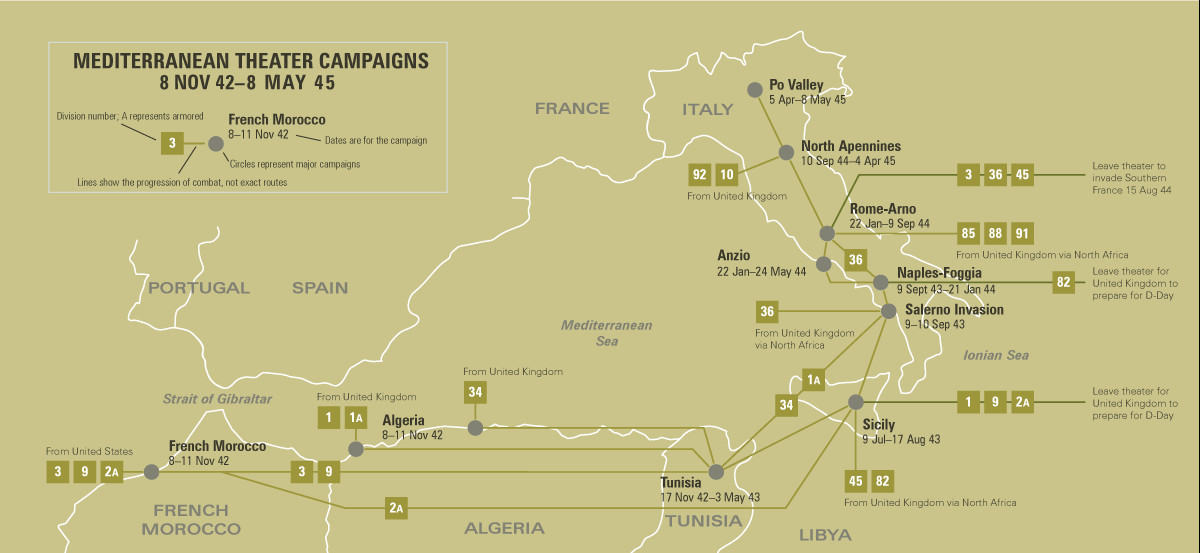 |
|
PLAN DE ROUTE DE LA CAMPAGNE - CAMPAIGN ROUTE MAP |
|
 |
|
DIVISION CHRONICLEThe 82d Airborne Division landed at Casablanca, 10 May 1943, and trained. Elements first saw combat in Sicily, when the 505th RCT and part of the 504th dropped behind enemy lines, 9-10 July 1943, at Gela. The remainder of the 504th RCT dropped, 11-12 July 1943, also near Gela, after running friendly naval and ground force fire. Scattered elements formed and fought as ground troops. The elements were flown back to Tunisia for reequipment and returned to Sicily to take off for drop landings on the Salerno beachhead. The 504th Parachute Infantry dropped, 13 September 1943, and the 505th the following night; the 325th landed by boat. These elements bolstered Salerno defenses and fought their way into Naples, 1 October 1943. After a period of occupation duty (and combat for some elements in the Volturno Valley and Anzio beachhead), the Division moved to Ireland, November 1943, and later to England, February 1944, for additional training. Moving in by glider and parachute, troops of the 82d dropped behind enemy lines in Normandy on D-day, 6 June 1944, before ground troops hit the beaches. Cutting off enemy reinforcements, the Division fought its way from Carentan to St. Sauveur-le-Vicomte, fighting 33 days without relief. Relieved on 8 July, it returned to England for refitting. On 17 September, it was dropped at Nijmegen, 50 miles behind enemy lines, and captured the Nijmegen bridge, 20 September, permitting relief of British paratroops by the British 2d Army. After heavy fighting in Holland, the Division was relieved 11 November and rested in France. It was returned to combat, 18 December 1944, to stem the von Rundstedt offensive, blunting the northern salient of the Bulge. It punched through the Siegfried Line in early February 1945, and crossed the Roer, 17 February. Training with new equipment in March, the Division returned to combat, 4 April, patrolling along the Rhine, securing the Koln area, later moving across the Elbe, 30 April, into the Mecklenburg Plain, where, 2 May 1945, the German 21st Army surrendered. |
CHRONIQUE DE DIVISIONLa 82ème division aéroportée a atterri à Casablanca le 10 mai 1943 et s'est entraînée. Les éléments ont d'abord été combattus en Sicile, lorsque le 505ème RCT et une partie du 504ème ont été largués derrière les lignes ennemies, du 9 au 10 juillet 1943, à Gela. Le reste de la 504ème RCT est tombé, du 11 au 12 juillet 1943, également près de Gela, après des tirs amicaux contre des forces navales et terrestres. Des éléments épars se sont formés et se sont battus en tant que troupes au sol. Les éléments ont été rapatriés en Tunisie pour le rééquipement et sont retournés en Sicile pour décoller pour atterrir sur la tête de pont de Salerne. Le 504th Infantry Parachute Infantry est tombé le 13 septembre 1943 et le 505ème le lendemain soir; la 325ème atterrit en bateau. Ces éléments ont renforcé les défenses de Salerno et se sont introduits à Naples, le 1er octobre 1943. Après une période d'occupation (et de combat pour certains éléments dans la vallée de Volturno et la tête de pont d'Anzio), la division s'est installée en Irlande en novembre 1943 , Février 1944, pour une formation supplémentaire. Se déplaçant en planeur et en parachute, les troupes du 82d tombèrent derrière les lignes ennemies en Normandie le 6 juin 1944, avant que les troupes terrestres ne frappent les plages. En coupant les renforts ennemis, la Division se fraya un chemin de Carentan à Saint-Sauveur-le-Vicomte, combattant 33 jours sans soulagement. Soulagé le 8 juillet, il est retourné en Angleterre pour y être réaménagé. Le 17 septembre, il a été largué à Nimègue, à 50 milles derrière les lignes ennemies, et a capturé le pont de Nimègue, le 20 septembre, permettant ainsi à la 2 e armée britannique de soulager les parachutistes britanniques. Après de violents combats en Hollande, la division est soulagée le 11 novembre et se repose en France. Il fut remis au combat le 18 décembre 1944 pour endiguer l’offensive de von Rundstedt, assourdissant le saillant septentrional des Ardennes. Il a percuté la ligne Siegfried au début de février 1945 et a traversé la Roer le 17 février. S'entraînant avec de nouveaux équipements en mars, la Division est revenue au combat le 4 avril, patrouillant le long du Rhin, sécurisant la région de Koln, traversant ensuite l'Elbe le 30 avril dans la plaine de Mecklenburg où, le 2 mai 1945 s'est rendu. |
| SOURCE INFORMATION & PHOTO | Armydivs.squarespace.com |
|---|
| SOURCE INFORMATION & SOURCE PHOTO | Findagrave.com - Abmc.gov - Drbaker50520(Fold3) - Arnaud Gaté - ww2-airborne.us |
|---|---|
| EDITORS | Victor, Jean-Philippe, Eric, Henri, Garrett, Clive, Frédéric & Renaud |


